Plastics / Resins
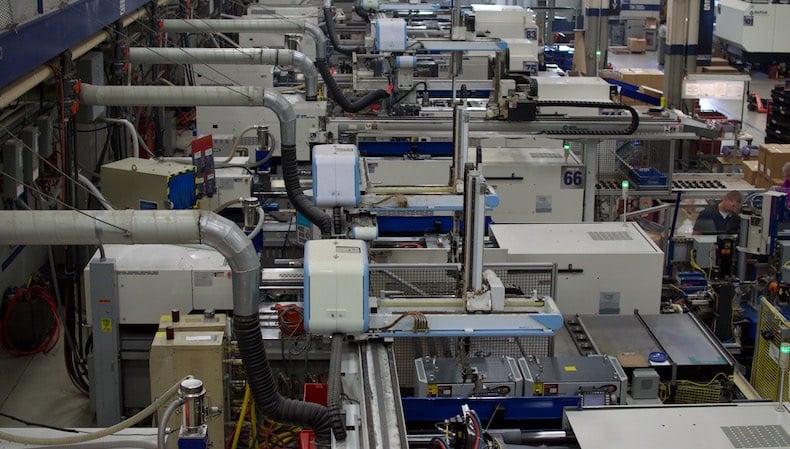
OEMs across many industries enjoy the benefits of injection molding. It’s ideal for consistent, affordable production of a wide range of high-quality, complex plastic parts suitable for nearly any application and environment.
That’s reason enough to rank plastic injection molding high on the list of go-to solutions, but there’s more. To better understand how and why manufacturers use the process, let’s take a look at the top 14 benefits of injection molding (listed in no particular order):
With the right tool design and a scientific molding approach to process optimization, injection molding can help manufacturers produce highly complex, detailed plastic parts in large volumes with virtually no deviation.
The key to consistency is the comprehensive data collection and analysis at the center of scientific molding, as well as the engineers trained in the process. Specialization is required to accurately develop and document the specifications, settings, and steps required to create a tightly controlled and repeatable manufacturing process. When done correctly, impressive details and geometries follow, such as in the handheld devices pictured below:
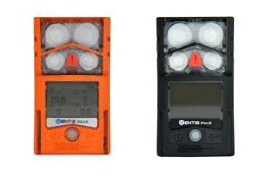
An experienced custom injection molding partner provides manufacturers with a decided advantage in terms of efficiency. The molder’s teams — from engineering through production — likely have decades of expertise to draw upon when determining how to optimize part design and manufacturing. Implementing best practices generally streamlines time and cost commitments. For example, focusing on design upfront minimizes problems and costly redos, and incorporating value-added services combines production process steps for utmost efficiency.
Of all the benefits of injection molding, the steady increase in the strength and versatility of plastics may be most appreciated. Today’s lightweight thermoplastics can withstand even the harshest environments on par with — or better than — metal parts. Additionally, plastics are versatile. There are more than 25,000 engineered materials to choose from for complex injection molding applications. High-performance blends and hybrids can also be formulated to meet very specific part requirements and characteristics, such as high tensile strength.
Complex part designs commonly require components made of different materials. While seemingly a matter of simple choices, safely combining plastics can be extremely complicated. The plastics expertise of the molder’s project engineers guides compatibility, and helps prevent defects, injury risk, and warranty claims.
There are several ways that injection molding can help OEMs experience lower costs, from plastic part consolidation to overmolding. However, the #1 way to manage costs is through collaboration between OEM and injection molding engineering teams well before production is set. Focusing on Design for Manufacturability (DfM) and other detailed processes during the design phase significantly reduces the number of problems sometimes encountered with moldability — minimizing the need for expensive tooling changes, downtime, and other production delays.
For complex part designs requiring tight tolerances, injection molders can achieve designs accurate to within +/- .001 inches. These measurements aren't only possible; they're repeatable across production runs and equipment.
Different skill sets held by injection molding engineers can help OEMs achieve a shorter product development timeline. Doing so means faster production cycles and getting defect-free parts to market quickly — a decided competitive advantage for manufacturers.
A smooth surface is the desired final look for most injection molded parts. However, it’s not the appropriate finish for every application. Depending on the physical and chemical properties of the plastics used, injection molding allows for surface finishes that don’t require secondary operations — from matte finishes and unique textures to engraving and more.
High-output production of complex plastic parts — especially those with tight tolerances — requires a consistent, repeatable process. Injection molding is an ideal solution since parts are produced using the same tooling, combined with the molder’s continuous improvement practices that incorporate current leading-edge technologies.
From clear to any color an OEM needs, injection molders can make it happen by aligning plastics, additives, and biocompatibility to achieve desired coloration. Should multiple colors be needed in one product, a molder with proven overmolding and multi-material injection molding experience is the best bet for quality solutions.
Injection molding is all about flexibility, whether attributed to some plastics’ properties or the ability for OEMs to customize solutions that meet specific project requirements. Injection molding gives OEMs freedom in design choices — especially when compared to metal.
At Kaysun, we’re proud of our ongoing green initiatives that positively impact the environment. However, our commitment to the planet isn’t limited to corporate social responsibility. We understand the ecological and economic benefits of injection molding sustainable practices — such as using plastic regrind, which minimizes waste and directly benefits OEMs.
Much of the injection molding process is automated by machines and robots, and controlled by a sole operator or technician. This streamlines labor costs and also greatly reduces the risk of rework caused by part defects or human error — both of which save OEMs money.
Popularized in the automotive industry, lightweighting is the practice of substituting metal parts for parts made from high-performance plastics. The goal is to reduce overall product weight in order to achieve certain manufacturability and operational goals. In the auto industry, for example, lighter vehicles have improved mileage so they consume less fuel and generally emit fewer emissions. High-strength, lightweight thermoplastics can be used to replace metal components with virtually no difference in strength or dependability.
To truly leverage the benefits of injection molding, it’s important that manufacturers partner with molders that know how to maximize efficiency, overcome any design/process issues, and have proven success in a range of industries.
Working with the best, most experienced injection molding engineers really make a difference in your lead times, costs, and final quality.
Confidently answering “Yes” to those questions signals you’re choosing an experienced partner you can trust to maximize the benefits of injection molding. Learn how to find and leverage the right injection molding partnership in our guide, Custom Injection Molding for a Competitive Advantage.
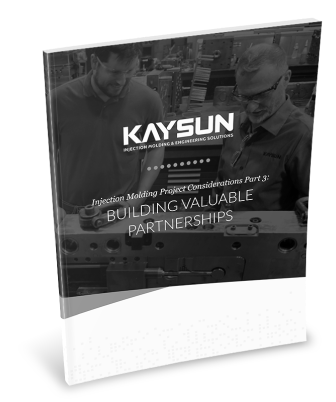
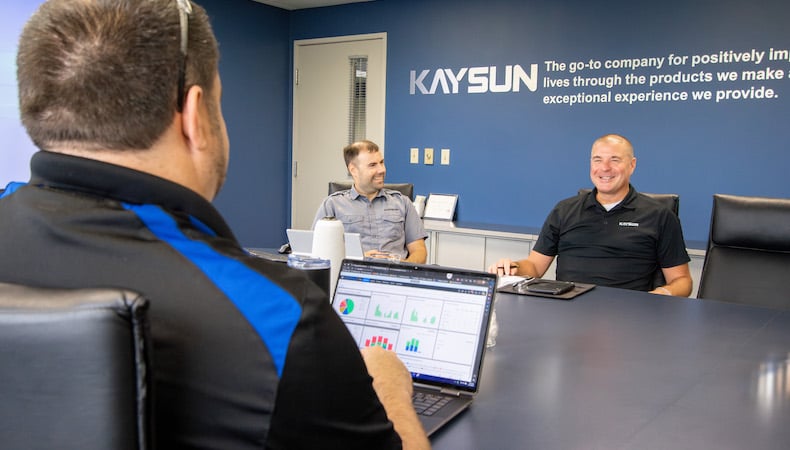
Despite being considered more energy efficient and producing less waste than other…
READ MORE
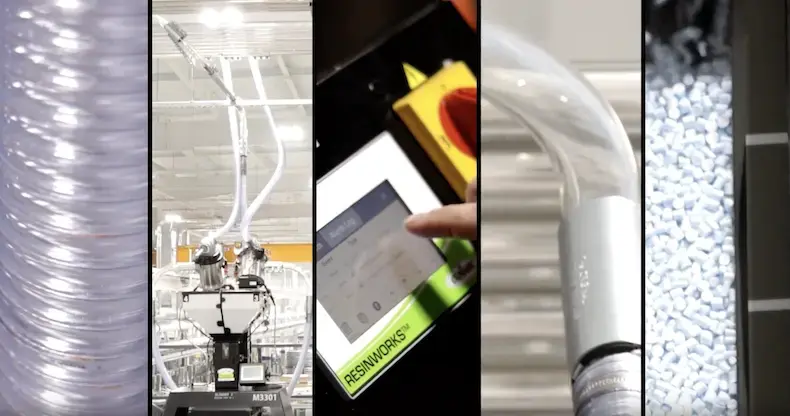
We consistently look for new ways to deliver timely service and top-quality parts …
READ MORE
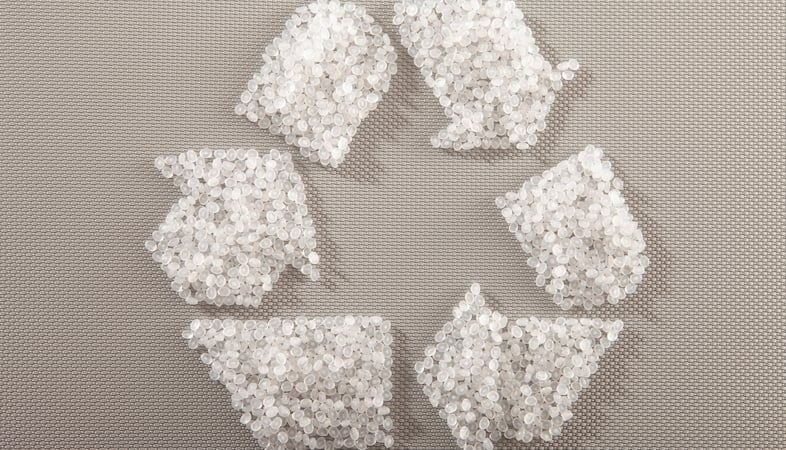
The 1,250 landfills in the United States are projected to reach maximum capacity w…
READ MORE